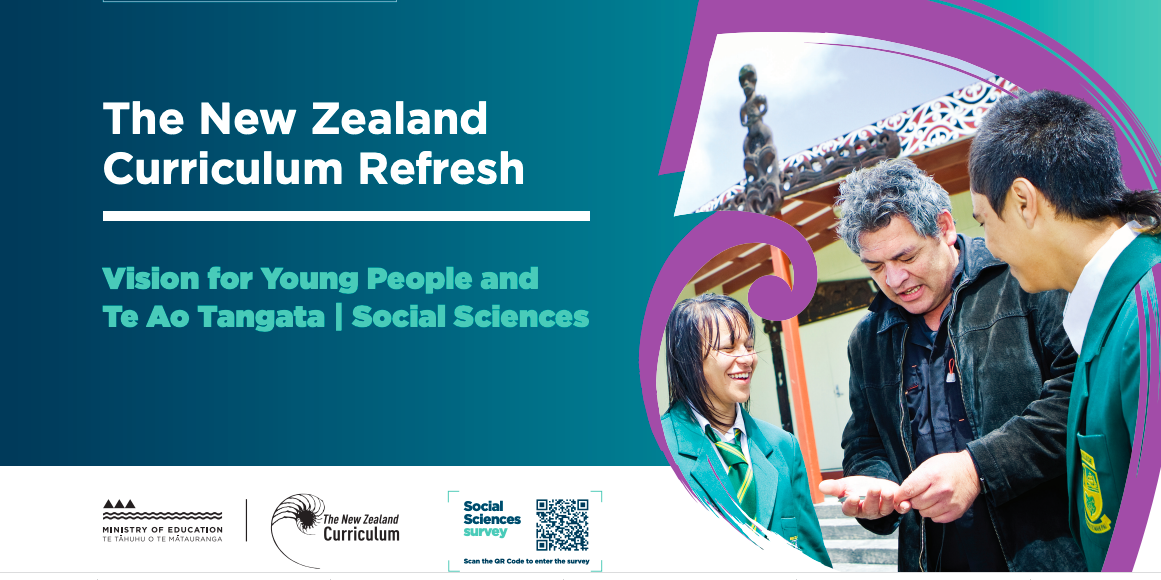31 January - 6 February
Section outline
-

Ngā hiahia titiro ki te tiimatatanga, ā, ka kite māramatanga ai tātou te mutunga e.
E tekau tau: ka kimi te whakapapa o te hītori o te motu nei/Year 10: The histories of Te Ika-a-Maui and Te-Waka-a-Maui/Aotearoa-New Zealand

Āta whakaaro mō te wā katoa/The Big Idea to reflect on over the span of this course:
What are the key concepts, contexts, and ways of understanding/interpreting the world must I focus on, if I am to succeed within the new evolution of the NCEA curriculum?
(which begins in schools from next year - across all subjects). Basically, the transition throughout this year in History class is one where we must strive to grasp for things that are outside of our grasp; because the curriculum does not care if you've been taught/learnt this stuff by next year - it will still requiree the standard it sets regardless.
Fortunately for you, your history teacher is the great great great grandson of a chief who signed the Treaty; therefore, I have somewhat uniquely well-informed ideas about Te tiriti o Waitangi, this is because it holds my name n the contract - it is unlikely, yet not impossible that your next history teacher will have this privileged access to aspects of the exact histories you require remedial style attention towards, if you plan on becoming a working professional one day.
We are also connecting with the social studies curriculum - the relevant Achievement objectives are beloe.
That said, learning is a team sport, if you fail bring curiosity and enthusiasm to class, it is not my role to convince you learning is a good idea - I am here to help those who are here to grow into a successful and happy person.
